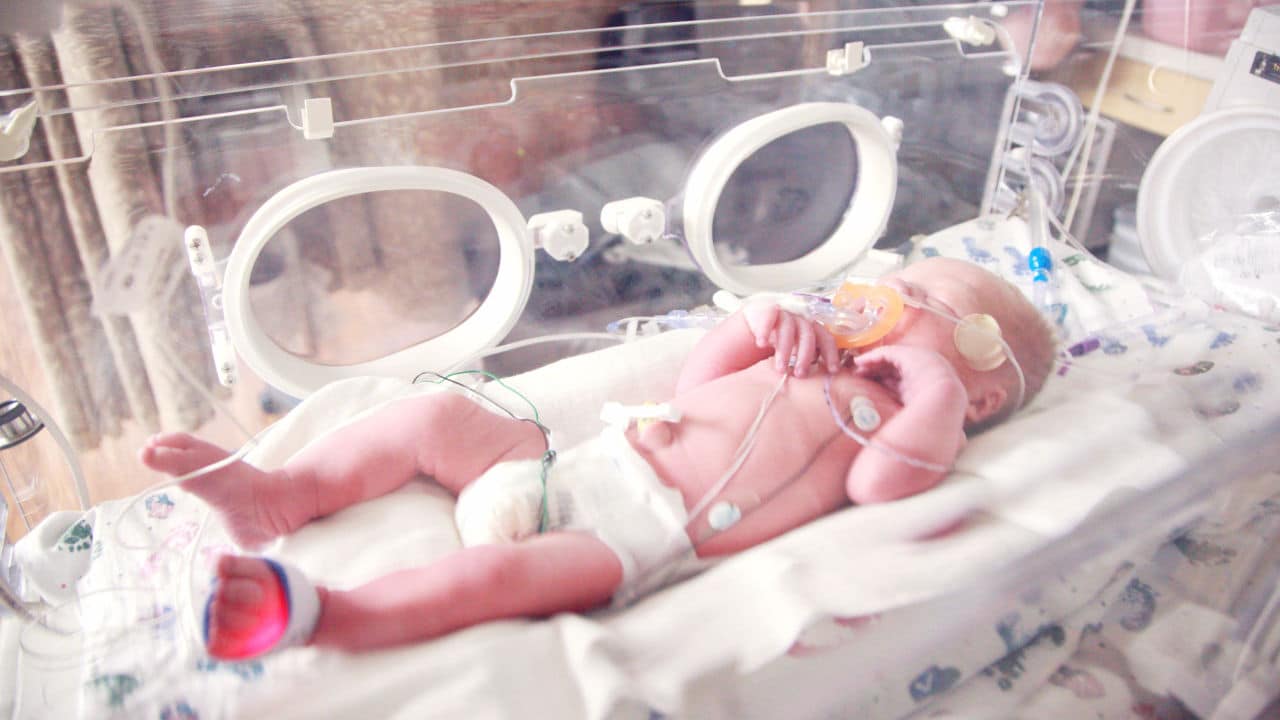The immune system of a neonate is rather weak. Therefore, special attention must be provided to avoid injuries and diseases to their fragile body. Any fluid, whether food or transfusion-related, can expose them to infection. This reason, among others, prompts the American Academy of Pediatrics to recommend that infants be breastfed for the first six months. This is because breastmilk contains growth factors and antibodies that can protect babies from certain illnesses and long-term diseases.
However, not all parents and pediatricians take this advice or are careful enough to thoroughly examine what goes into a newborn’s body, exposing their digestive organs to diseases. One of such diseases that can attack the digestive organ of a neonate is necrotizing enterocolitis (NEC).
What Is Necrotizing Enterocolitis (NEC)?
Necrotizing enterocolitis is a gastrointestinal infection most common in premature and low birth weight babies. This disease attacks the intestinal tract of a neonate, causing a tear in their intestinal tissues. This allows bacteria to flow into the belly of a newborn baby.
Researchers and pediatricians are not sure of the causes of this infection. However, they have affirmed that it’s common in premature infants who are fed with baby formula rather than breastmilk.
Children that have received a blood transfusion are also at risk of being infected by necrotizing enterocolitis.
Symptoms of necrotizing enterocolitis include but are not limited to a swollen abdomen, difficulty breathing, and a bloody stool.

How Severe Can A Case Of Necrotizing Enterocolitis Turn Out?
Necrotizing enterocolitis, like any infection left untreated, can lead to serious consequences. There have been thousands of cases where inflamed infants had to undergo surgery to stabilize the gruesome impact of this infection.
In Chen v. Chen Qualified Settlement Fund, the deadly outcome of necrotizing enterocolitis was brought to light as it was affirmed that the plaintiff’s infant, who was diagnosed with the condition, will require extensive and ongoing medical treatment throughout the remainder of his life.
Further, in of Doyle v. Marymount Hosp., Inc., the Doyle infant was diagnosed with necrotizing enterocolitis. This led to surgery to remove the large intestine of the baby.
Another case showing how dangerous necrotizing enterocolitis can turn out to be is that of Hollingsworth v. Mercy Med. Ctr. In this case, the infant, after being diagnosed with necrotizing enterocolitis, had to undergo an operation to resection portions of her intestine. This led to her being diagnosed with short bowel syndrome, which was anticipated would cause severe intestinal complications throughout her life.
Other complications like blood-borne infection can also arise from a severe case of necrotizing enterocolitis. This was explained in the case of Parham v. Florida Health Sciences Center, Inc.
Illustrating The Causation and Complications of NEC
Tough legal battles can, and already are, arising because of necrotizing enterocolitis. A medical practitioner may be sued on grounds of negligence. Cases where the formula fed to the baby led to the inflammation of the intestine can also be brought before the court.
An example is the case of Davis v. ABBOTT LABS. In this case, the plaintiff brought an action against the defendant, who is the manufacturer of cow milk-based products that were fed to the defendant’s infant. The baby developed necrotizing enterocolitis which led to death. The plaintiff claimed that the defendant’s product triggered NEC, which caused his baby’s death.
Another similar case is Ferry v. Mead Johnson & Co. In this case, the producers of three infant formulas were sued after a baby died from NEC some days after being fed with the formulas.
An attorney handling a NEC case with similar circumstances can opt to illustrate the causation and consequences of the infection with animation.
Foods that are unfit for consumption to an infant can contain bacteria which can, in turn, damage their intestine. This can be illustrated with the aid of animation. Instead of having a jury to picture in their minds what happens inside a baby’s body, an animation leaves nothing to the imagination, and shows precisely what happened.
Because “seeing is believing” the action of the formula tearing or creating a hole in the intestine should be illustrated for the jury members to see with their own eyes, and believe. Additionally, the way bacteria is released from the hole into the abdomen, causing swelling and other conditions to the neonate, can be visualized with animation.
Conclusion
An attorney seeking to use this form of demonstrative evidence has to work with an expert witness to show the reaction of the baby’s system to the formula. Once this has been done, a legal animation company with a history of creating admissible graphics can be contacted to illustrate this information into a visually appealing graphic.






